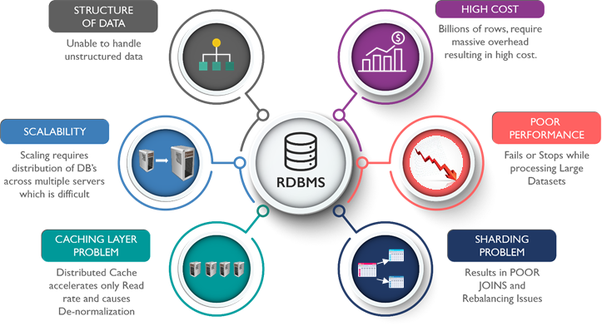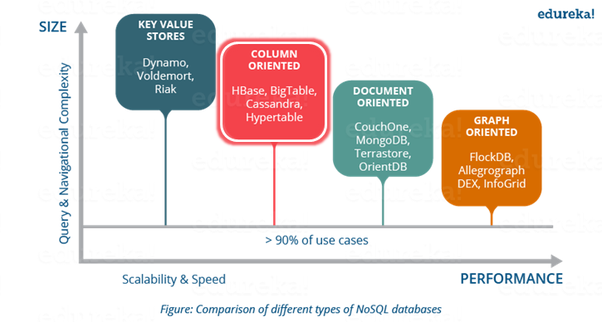Cassandra GUI Client for Mac - TablePlus now supports Cassandra!
TablePlus provides a free, native GUI client with query tool to manage Cassandra database on Mac, including database browser, SQL editor, table editor, and some other custom Cassandra GUI tools.
First, what is NoSQL?
NoSQL is a term implying any data storage technology that is not relational in nature.
Relational databases need schemas to be defined before adding data. But if the database is large, it gets a little slower and more downtime. NoSQL databases solve this by allowing inserting data without a predefined schema thus making it easy to modify the database in real-time.

Popular types of NoSQL Database:
- Document databases
- Graph Stores
- Key-value stores
- Wide-column stores
The advantages of NoSQL

Types of NoSQL database

What is Cassandra Database?
Apache Cassandra (Cassandra DB) is a free and open-source distributed wide column store NoSQL database management system designed to handle large amounts of data across many commodity servers, providing high availability with no single point of failure. Cassandra was originally developed at Facebook, was open sourced in 2008, and became a top-level Apache project in 2010.
Key Features and Benefits of Cassandra Database
- Massively scalable architecture – a masterless design where all nodes are the same, which provides operational simplicity and easy scale-out.
- Active everywhere design – all nodes may be written to and read from.
- Linear scale performance – the ability to add nodes without going down produces predictable increases in performance.
- Continuous availability – offers redundancy of both data and node function, which eliminate single points of failure and provide constant uptime.
- Transparent fault detection and recovery – nodes that fail can easily be restored or replaced.
- Flexible and dynamic data model – supports modern data types with fast writes and reads.
- Strong data protection – a commit log design ensures no data loss and built-in security with backup/restore keeps data protected and safe.
- Tunable data consistency – support for strong or eventual data consistency across a widely distributed cluster.
- Multi-datacenter replication – cross data center (in multiple geographies) and multi-cloud availability zone support for writes/reads.
- Data compression – data compressed up to 80% without performance overhead.
The biggest advantage of using Cassandra is that you can achieve super fast writes and reads in a distributed high available ecosphere, and in extremely large scale projects. It’s not designed to update or delete data, so the best use case for Cassandra is to write time-based log’s activities, sensor data, error logging, etc. It’s widely used in the field of IOT as it can offer real-time insights with minimum time required.
Looking for a good Cassandra GUI client? TablePlus can be it!
TablePlus provides a GUI tool for you to manage Cassandra effectively. It’s native, beautiful, and free.

Table Editor

Start using TablePlus now: Download TablePlus